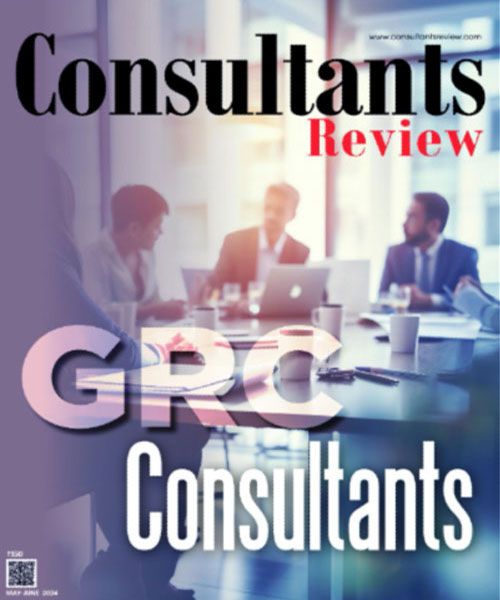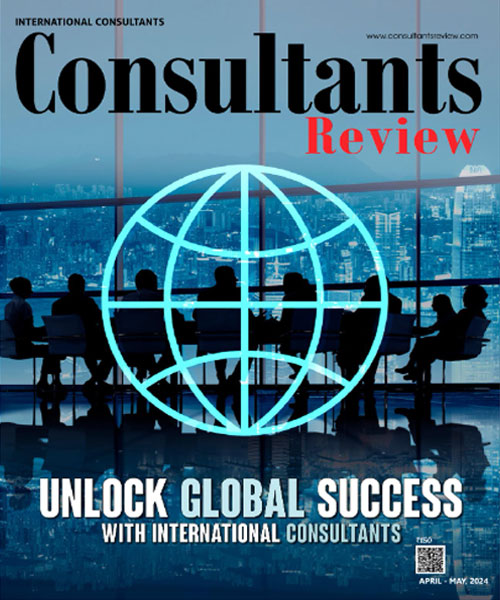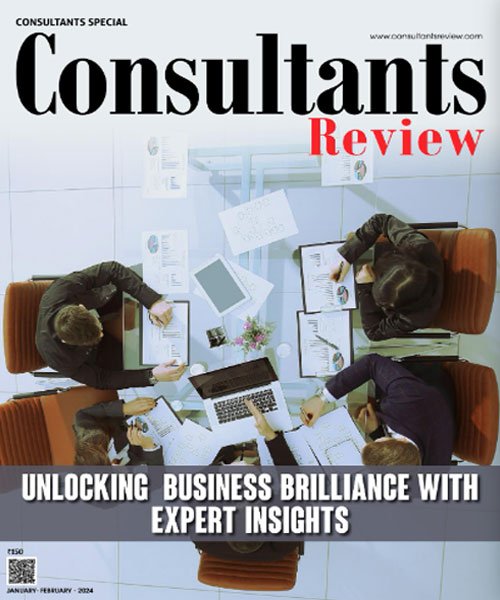Personal Technology Risk Management
By Samir Dahotre, Founder & CEO, Artbugs.in

Samir Dahotre, Founder & CEO, Artbugs.in
While large companies have entire teams dedicated to Credit, Operational and Market Risk Management; here are some tips that we as individuals can implement to safeguard our financial assets in a highly internet driven age. Our definition of Personal Technology Risk Management is “The processes individuals can follow to lower their exposure to financial fraud through technology channels as well as social engineered frauds”. This is an attempt to go beyond existing guides like Safe Banking, Identity Theft, etc. to cover all possible technology risks.
So while this topic is vast; lets restrict our discussion to just key risk elements in two main online channels – Online Shopping & Online Banking.
Online Shopping
The huge popularity of online shopping has not seen a corresponding increase in security awareness; consequently frauds on online shopping increase day by day. Here are some guidelines:-
- Limit on the Channel: If you use a Credit Card for online shopping go for a lower card limit/ separate card for online shopping. Same applies for net banking; keep your account balance lower or use a separate account. Then weather you follow good security practice or not; your risk is limited.
- 3D Secure Code: 3D Secure Code is not implemented worldwide including the US. Hence, if you are shopping at a US site, only the card number and CVV is needed; which is obtained simply by photocopying your card back in India, producing its clone and selling it to a US person.
- Site Trust: The first issue can be whether the Online Shopping site is trustworthy. Hence try to do research on a new site you land up on and gauge its trustworthiness. If you see enough content about them; you can trust them initially. However, the payment page has to be from a “known and trusted”. If the payment gateway name seems unfamiliar; search and see for credentials.
- Discounts/ promos: As in the offline world – the online world is same. You see a shop “UPTO 70% off” but spend an hour to find this deal and find a jacket you would never ever buy at 70% off! The real discounts will be a measly 10-30%. Hence control impulse buying. Remember the ecommerce convenience may save you a few hundred rupees on travel cost; but might result in increasing your monthly “indulgence shopping” limit.
- New Trends: The online world offers some unbelievably great deals e.g. second hand products. Hence check it and then pay for it. Discern what you buy.
Banking
The first Risk in Banking and other services like Insurance is that the Sales Team are over aggressive and have huge targets; and promise you a lot of benefits; hence only choose an additional bank/ card if you really need it.
- Social Engineering: This is the most dangerous form of fraud. Someone calls you from ABC bank for verification and gets all your net banking login details and passwords from you. He then somehow collides with your mobile provider operator staff or agent, obtains your mobile number; gets your SIM card blocked, reissues the SIM card to himself so that he can now get the One Time Password on his phone for funds transfer from your account.
- Branch: Usually considered safe; however here the risks are always there e.g. not understanding the schedule of charges while you sign up that new Credit Card in the branch. Ask direct questions on the charges & get verification via an email.
- Current Account: Small and new businesses need to carefully examine their monthly bank statement for the charges. You might sometimes be shocked to see an item of extremely high value charge. With regards to online NEFT transfer; it is considered safe because if you do a transfer to a wrong account, the money is automatically remitted back.
- ATM: Considered very risky especially when using an isolated ATM in your travel in the interiors of the country. They have devices attached which clone card data so ensure your ATM looks “normal”.
- Card: Remember the CVV number on your credit/ debit cards and then blacken it out with a marker. Anyone can use your card with just a photocopy.
- Chip Based Card: Most credit cards now come with a golden chip (SIM) which is on the front side; where the card is entered in a bottom slot of card reader; you enter the PIN and hence payment is enabled. This is considered safe as the chip is encrypted v/s the earlier magnetic stripe which can be easily cloned. But this can be risky if your card ends up with someone who knows the PIN.
- Phone Banking: Usually quite safe; but also consider whenever someone calls you from the bank and if they ask for your confidential information it’s a fraud. Ensure the website from where you obtained phone banking is of the bank itself.
- Internet Banking: Usually is quite safe if there is double two factor authentications. E.g. for doing a fund transfer you need to enter User ID, login password, transaction password and another factor of authentication like SMS OTP or Grid Value (A number from a table on your debit card). Ensure that your funds are only as much as you need.
- Mobile Wallet: Mobile wallet is an app in your phone with a pre-decided amount loaded by you or linking your various credit or debit cards to this wallet. Weather your bank or PayTM. Load this with minimal money as it is early days for m-wallet.
- Tap to pay: You go to a Coffee Shop, at billing counter tap your phone to initiate payment from your Mobile Wallet. You will need to enter PIN here. Ensure usual safegaurds. Remember its easier to steal a mobile wallet v/s a thin plastic credit card.
- Whatsapp: A few stock brokers claim that they have regulatory approval for offering consumers that they can trade shares via whatsapp; if so, ask them to show you the regulator approval note.
- Bank Reputation: If your bank continues to have a top batting average in online fraud; its time you change your star batsman! India already is among top 5 online banking fraud nation globally.
Hope this has guided you on some “Personal Technology Risk Management” strategies. Risk Management may not always be some heavy guide books but some personal processes to ensure your own financial health. Meanwhile; happy banking and happy online shopping!
Current Issue
🍪 Do you like Cookies?
We use cookies to ensure you get the best experience on our website. Read more...









